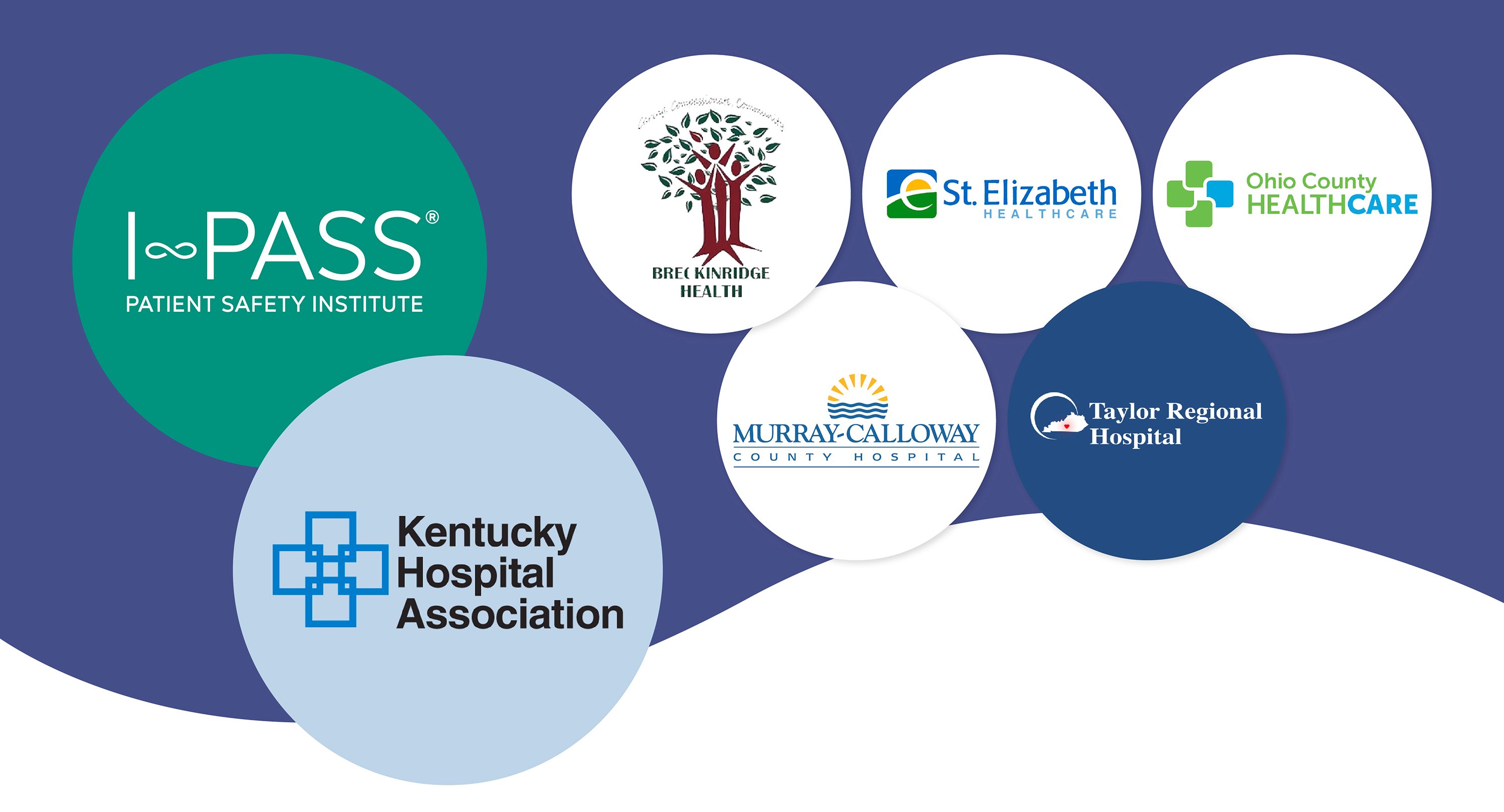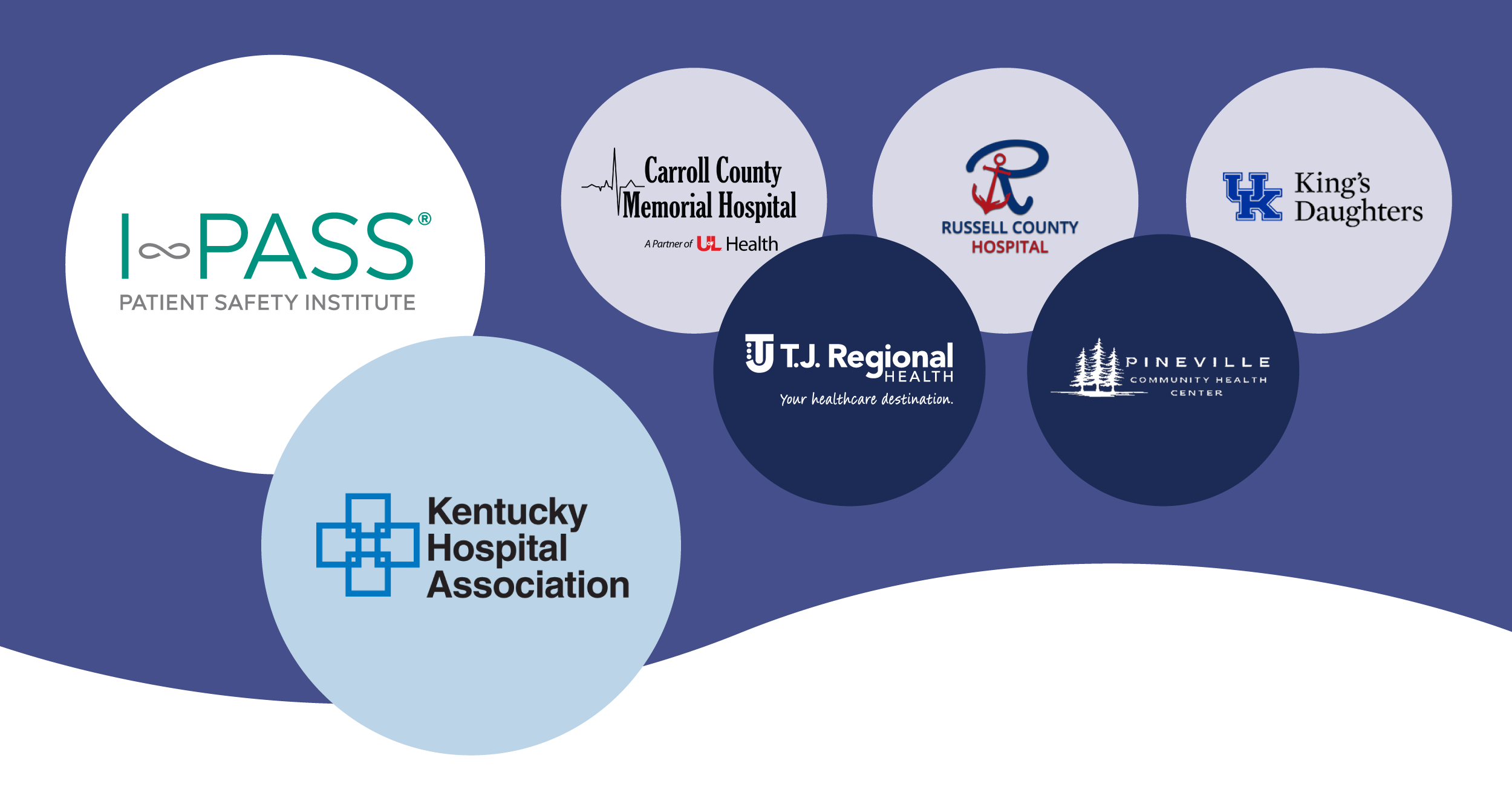When utilized properly, the I-PASS handoff program can help reduce medical errors, prevent adverse events, and improve communication without disrupting workflow. The first step to a successful program is a successful implementation. Often, we find that there are several critical steps needed before an institution is ready to get started with the I-PASS framework.
Here are three critical factors for achieving an efficient and effective implementation.
Awareness & Understanding
First and foremost, for an institution to know whether they’re ready for I-PASS implementation, they need to be aware of their current environment. At this point, the organization needs to look themselves in the mirror and be honest about what they see in their current safety culture. Having a clear understanding of present state will make implementation smoother and, ultimately, more successful.
Our organizational readiness assessment aims to find out about a few core characteristics of an institution. For instance, does the organization have a universal definition of “harm”? Is there currently an established process for handoff communication? Do all staff understand the patient safety risk of handoff miscommunication? These answers are particularly telling about the amount of education, training, and support that an organization will require.
Support & Teamwork
For maximum adherence to the program, it’s important to have buy-in at all levels, but especially from the top. Leadership who is supportive of handoff communication and the role it plays in improving patient safety and care quality increases the likelihood for successfully implementing and sustaining I-PASS methodologies. If alignment needs to be reached, our experienced clinical and executive leadership teams will help build buy-in and trust in your transitions of care environment.
Ideally, having buy-in from the right C-level champion can influence other executives and encourage engagement across the entire organization. Bonus points if the champion has experience with handoff communication or leading organizational change. It’s important that they have the time, attention, and resources available to push forward patient safety and handoff communication initiatives.
And it might seem obvious, but teamwork really does make the dream work. Collaboration across the organization will help overcome barriers and aid in widespread behavior change.
Performance & Maintenance
Ultimately, our priority is reducing patient harm by improving communication. We want to foster a culture of patient safety at every institution we work with. During implementation, we guide our partners down the right path and provide the foundational tools. After that, we expect a lot from them.
To guarantee success, its essential to set performance measures and establish benchmarks. This is something we often see missing from organizations when they take the assessment. When ready, we encourage our partners to develop iterative plans to test, observe, and integrate the handoff practices to measure and achieve sustained behavior and advance positive culture change.
We invite you to complete our 2-minute organizational assessment survey to learn where your patient safety culture stands and how I-PASS can help you achieve your patient safety goals.
Is your organization ready? Take our survey to find out.

.png)



